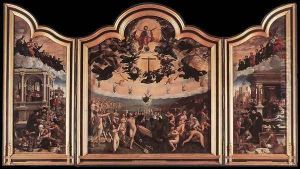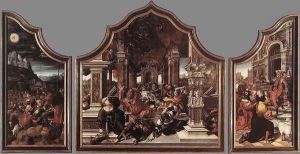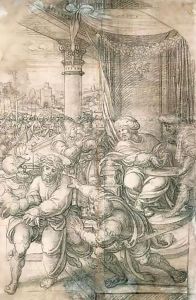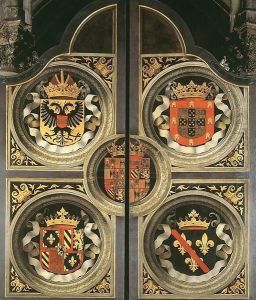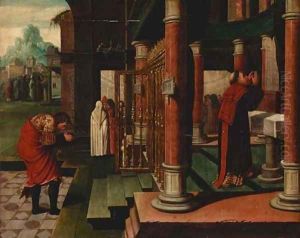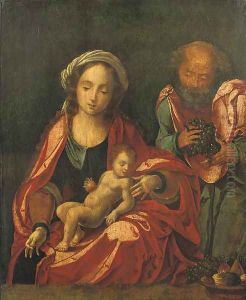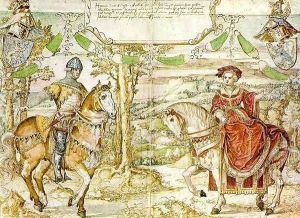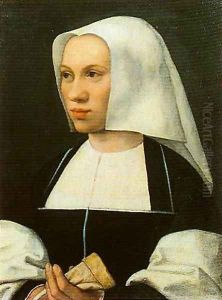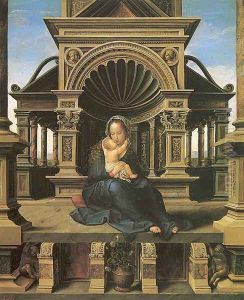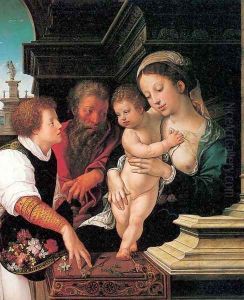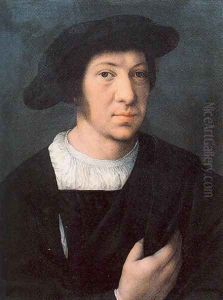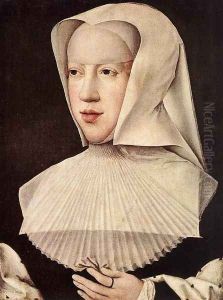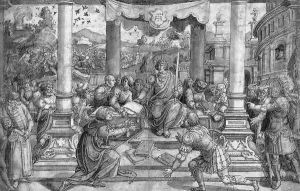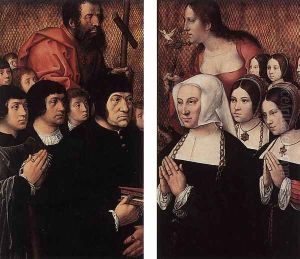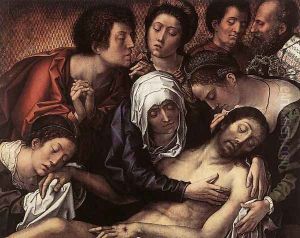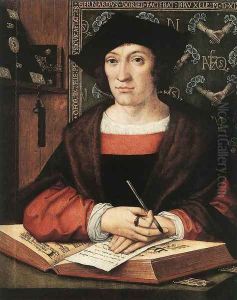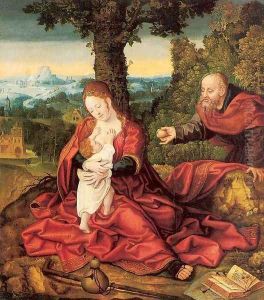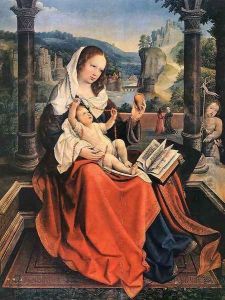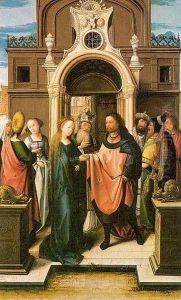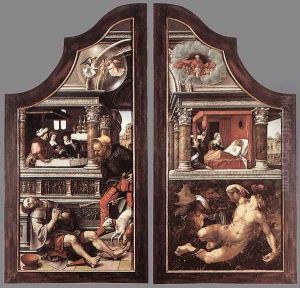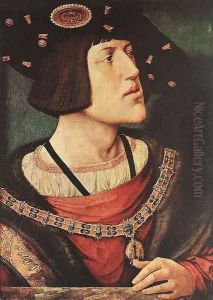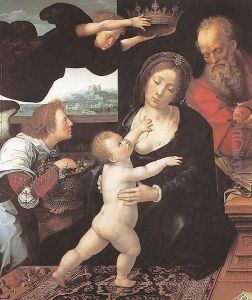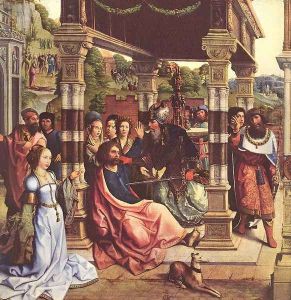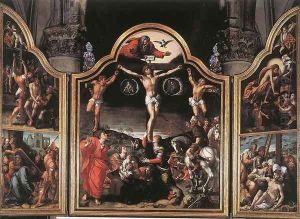Bernaert van Orley Paintings
Bernaert van Orley was a prominent and influential Flemish Renaissance painter, draughtsman, and tapestry designer. Born in Brussels, then part of the Habsburg Netherlands, around 1488, he came from a family of artists; his father was the painter Valentin van Orley. Bernaert became a master in the Brussels painters' guild in 1515 and was appointed as a court painter to the Habsburg governors of the Netherlands, Margaret of Austria and later Mary of Hungary. His style was heavily influenced by the works of Raphael and the Italian Renaissance, which is reflected in his religious compositions, portraiture, and tapestries.
Van Orley is particularly known for his altarpieces and his skill in tapestry design. He directed a large workshop that produced cartoons for tapestries, which were highly sought after by the nobility and the royal courts of Europe. He also worked on stained glass designs, and his workshop was a center for the production of the new medium of prints.
His work was characterized by its detailed precision and use of vibrant colors. Notable works by van Orley include the 'Altarpiece of the Holy Cross' in the Church of Our Blessed Lady of the Sablon in Brussels, the 'Job Altarpiece', and the 'Magi Triptych'. His tapestries, often depicting historical or mythological scenes, were notable for their intricate detail and became collectible items.
Despite his success as an artist, there is relatively little personal information about van Orley's life beyond his artistic career. He married twice and had several children, with some of his offspring continuing the family tradition of painting. Bernaert van Orley died on January 6, 1541, in Brussels. His influence persisted after his death, particularly in the continued production of tapestries based on his designs. Van Orley's legacy is significant in the history of Northern Renaissance art, as he played a key role in integrating Italian Renaissance ideals into Northern European art.
